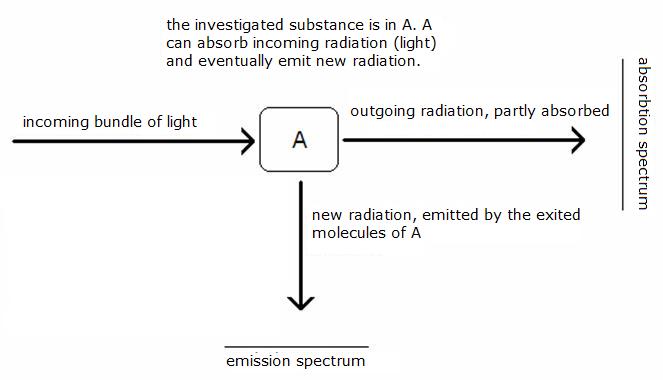Sometimes you can do observations during this process that give information about the substance; you can draw conclusions about the character of the substance. Normally we start with carefull heating, followed by very strong heating. Take note of:
If water vapor escapes, the substance might be a hydrated salt, like Copper(II)sulfate or soda. But it could also be a hydroxyde.
Examples:
- CuSO4.5H2O (blue)
 CuSO4 (white) + 5H2O(g)
CuSO4 (white) + 5H2O(g)
- Cu(OH)2(s)(blue)
 CuO(s)(black) + H2O(g)
CuO(s)(black) + H2O(g)
- 2CuOH(s)(green)
 Cu2O(s)(reddish brown) + H2O(g)
Cu2O(s)(reddish brown) + H2O(g)
- 2AgOH(s)(brown)
 Ag2O(s)(black) + H2O(g)
Ag2O(s)(black) + H2O(g)
C6H12O6(s) > C(s) + gases (like H2O, CO2, CxHy)
- Pb(NO3)2(s)(wit)
 PbO(s)(oranje) + NO2(g) + NO(g) + O2(g) (brownish nitric vapors)
PbO(s)(oranje) + NO2(g) + NO(g) + O2(g) (brownish nitric vapors)
- CaCO3(s)(white)
 CaO(s)(white) + CO2(g)
CaO(s)(white) + CO2(g)
